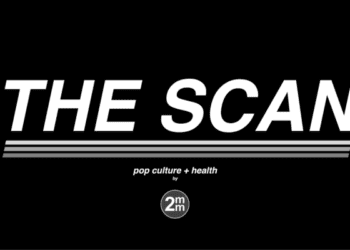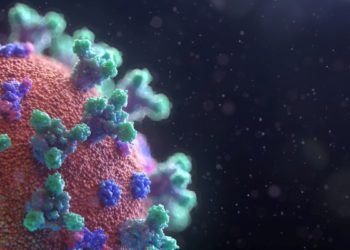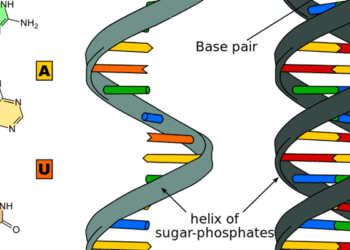Epidemiologic features of the 2018-2019 measles outbreak in New York City
1. The outbreak of measles in New York City was attributed to the importation of measles and vaccination delay among young children.
2. Over a one-year period, from the first measles confirmation, the Department of Health and Mental Hygiene invested 559 staff members and $8.4 million in the response.
Evidence Rating Level: 2 (Good)
Study Rundown: Measles was reported to be eradicated from the United States by the 2000, but there have been domestic outbreaks owing to decreased vaccination rates among children and imported cases from countries where measles is still prevalent. This study analyzed features of the 2018-2019 New York City measles outbreak and describes the epidemiologic characteristics, control measures taken, and importance of an existing public health infrastructure in mounting an effective response. The study identified 649 cases of confirmed measles from September 30, 2018, to July 15, 2019. In response to the outbreak, seven percent of the staff members from the Department of Health and Mental Hygiene were mobilized with the department spending $8.4 million on the response. The retrospective cohort study provided epidemiological evidence that measles importation and vaccination delays exacerbated the outbreak in New York City. Limitations included using interviews for data collection and the use of ZIP codes to determine neighborhood vaccination coverage, which does not account for human migration.
Click to read the study in NEJM
Relevant Reading: Forecasted Size of Measles Outbreaks Associated With Vaccination Exemptions for Schoolchildren
In-Depth [retrospective cohort]: This retrospective cohort study aimed to describe the epidemiologic features of the 2018-2019 New York City measles outbreak, the control measures taken, and the response from the public health department. Data was gathered through patient/family interviews, review of medical records, and diagnostic testing. The immunization status of the patients and contacts was determined through the Citywide Immunization Registry database. Finally, records from the Department of Health and Mental Hygiene were analyzed to determine the extent of resource mobilization and cost for the outbreak response. The source of the infection was determined to be an unvaccinated child returning to New York City from Israel where there was an ongoing measles outbreak. The onset of the rash began 9 days after the child returned home on September 30, 2018. From September 30, 2018, to July 15, 2019, the outbreak infected 649 people with a median age of 3 years (range, 1 month to 70 years). Additionally, 81.2% of the patients were 18 years of age or younger and 85.8% of the patients were unvaccinated. A majority of the patients were part of the Orthodox Jewish community (93.4%), and the infected patients resided in five neighborhoods. Peak onset of the rash occurred on the week ending in April 6, 2019. No deaths were reported; however, 49 patients were hospitalized and 20 patients from the subset population were admitted into the intensive care unit. The control measure taken to contain the outbreak occurred on December 6, 2018, when health officials informed schools and childcare programs that all children were required to have age-appropriate measles-mumps-rubella (MMR) vaccination. Noncompliance resulted in prohibition to attend school or childcare programs. During this time, the vaccination coverage increased from 79.5% on October 1, 2018, to 91.1% on September 1, 2019. Finally, the societal and institutional involvement from the public health department resulted in 7% of the staff members working on the response costing the department $8.4 million.
Image: PD
©2020 2 Minute Medicine, Inc. All rights reserved. No works may be reproduced without expressed written consent from 2 Minute Medicine, Inc. Inquire about licensing here. No article should be construed as medical advice and is not intended as such by the authors or by 2 Minute Medicine, Inc.







